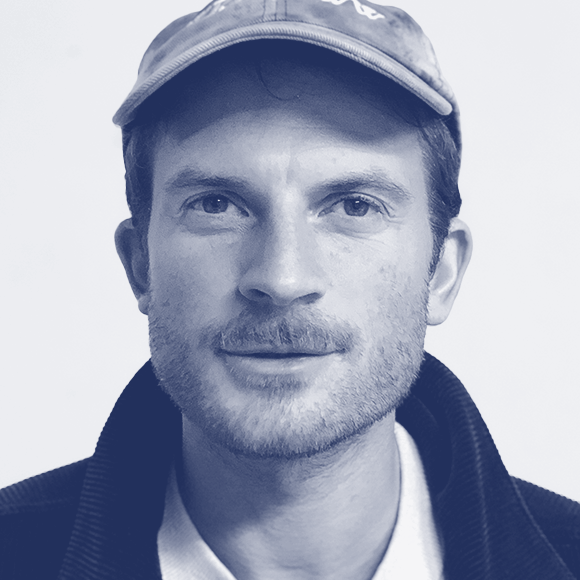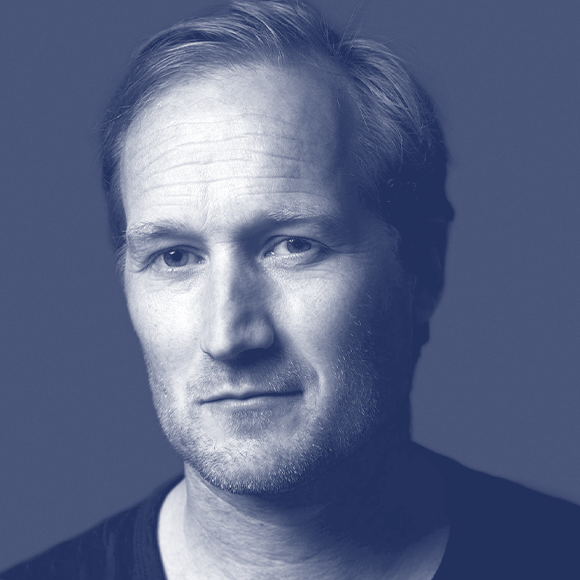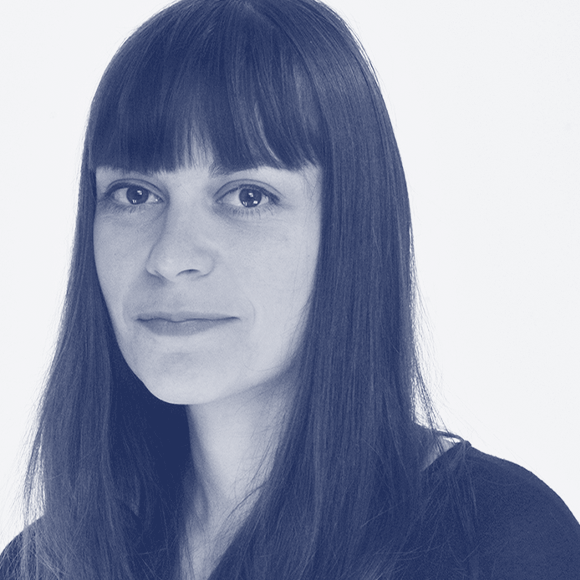The first, most diverse and longest phase of the programme is over. At this stage of TypeParis Summer23, all the attendees should focus on their personal type projects: it's time to develop them, to take design decisions and to expand them. However, not all the phase 2 went on in the classroom. We had also time to visit two different libraries in Paris and to spend an exciting day in Lyon.
Further, we welcomed Marc Rouault as instructor, who accompanied the attendants all over this second stage. And last but not least, we hosted two of the four international guests of this TypeParis Summer edition: Bas Jacobs and Sandrine Nugue.
International type critics: Bas Jacobs and Sandrine Nugue
This second phase of the programme started having a final version of all brief in written form and very first raw sketches of the attendees personal type designs. Early on that stage, we hosted Bas Jacobs from Underware foundry, the first guest critic of TypeParis Summer23. Bas came from the Netherlands to share his skills with us. He helped, one by one, all the attendees to get a more well-defined idea of the design they wanted to achieve concerning their briefs and references. All the group got also a copy of the last Underware's publication, specially written for aspiring type design students. Bas is an ideal transmitter of knowledge to explain what is fundamental in the early stage of a new design, and what is the best attitude to have.
It was later in the second phase, that we had the chance of hosting Sandrine Nugue, our second guest critic. All designs were much more defined at this stage. Sandrine, looked individually at the attendees’ designs with a fresh eye, giving an in-depth review to them all. As a conclusion, she did a global review and showed some of her work. Our participants greatly appreciated her presentation, because they were able to identify with her.
Library visits
As we've previously seen, the attendees had the chance to collect historical sources in order to enrich their own research according to their project briefs. It is also during this second stage of the programme that we kept visiting relevant places with rare books and precious old type specimens. Even if personal projects are already started, it's aways helpful to keep compiling references to have a well defined design.
First of all, we visited the Bibliothèque Mazarine. The origins of the Mazarine Library are linked to the personal collections of Cardinal Mazarin (1602-1661), Richelieu's successor and main minister of Louis XIV's minority between 1643 and 1661. Open to scholars from 1643 in the mansion of Mazarin, it is the oldest public library in France. Placed in an impressive and beautiful building in front of the Seine in mirror to the Louvre museum, this peaceful library home countless precious and rare books. During the visit, leaded by Anne-Bérangère Rothenburger, we were able to inspect closely incunabula books, and many others by key figures of the history of the book and typography: Johannes Gutenberg & Johannes Fust, Konrad Sweynheym & Arnold Pannartz, Nicolas Jenson, Aldo Manuzio, Geoffroy Tory, Antoine Augereau, Ludovico degli Arrighi, Nicolas Jarry, John Baskerville, William Caslon, Gianbattista Bodoni… We spent a wonderful time studying and taking photographs to those sources that served afterwards as inspiration for the attendees’ own projects.
Later on, we went to the Typofonderie library. Jean François Porchez generously opened his own library to the attendants in order to assist them all in a more individual and specific way. Completely based on each personal brief, Jean François offered specific sources of his wide variety of books to each attendee. Selected calligraphy and type design books and specimens served to the group to have everything ready to start drawing and expanding their typefaces.

Trip to Lyon
Another traditional yet very awaited moment in TypeParis Summer programme is the one-day trip to Lyon. Considered as well as a deserved break from intense sessions in the school, every year all the crew travels to Lyon to visit both the Musée de l’Imprimerie and the Musée Gallo-Romain. And this year it was not exception.
After an intense morning at the Musée de l’Imprimerie surrounded by awesome type specimens and historical inputs, such the Ladislas Mandate original drawings, or Albert Hollenstein specimens, during the afternoon all the crew got lost inside the vast Musée Gallo-Romain. There, thanks to the wide collection of mangificent stone-carved Roman capitals, the attendees had a more detailed impression of genuine Roman capital letterfoms, being able to understand the ductus. An essential clue to sketch their own uppercase letteforms when back to the classroom.

Broad style and typeface extension
Once returned to Paris and after having already a well-defined idea of the design every attendee wanted to achieve, the next step was to work on their basic set of lowercase plus adding a few capitals later on. Instructors also introduced figures and diacritics to the group.
It was time as well as to think about ideas for extending their typefaces. Attendees were introduced to the basics of a digital workflow, which allowed them to expand their typefaces and to complete the basic set of lowercases and uppercases in an easier and faster way using Glyphs. They learned the point positioning and curve drawing from scratch and they understood the importance of caring about the spacing from the very first moment, as an intrinsic piece of the digital design process.
Nevertheless, this doesn't mean that from now on all the development will be digital. In order to focus on the design and keep it consistent through all variations, the group is still asked to explore by hand the shapes for key new elements such as capitals or numerals, switching regularly from a digital workflow to tracing paper method or even calligraphy when necessary.

That’s all by now. Stay tuned to not miss how the students’ projects move forward during phase 3!
– By Gina Serret
Learn more about TypeParis courses and conferences!
➼ Type & graphic designers interviews
➼ Summer23 programme
➼ Reports
➼ Attendees feedback series
Apply to TypeParis Summer24 course!
The deadline for applications will be next 14 March 2024.
SPONSORS




























